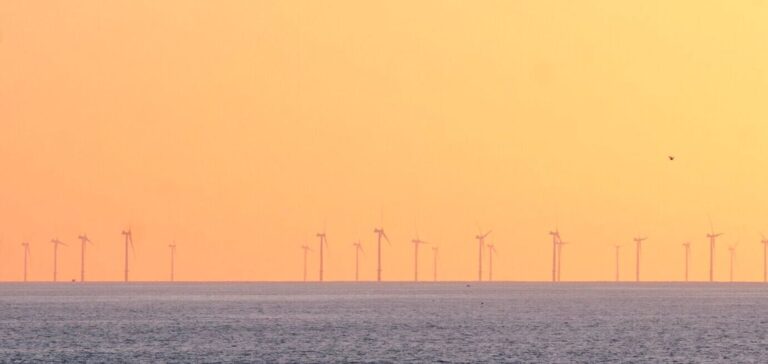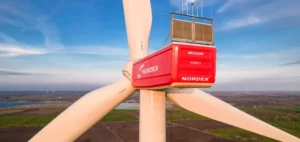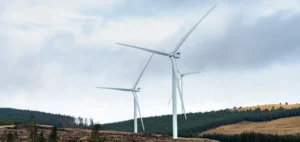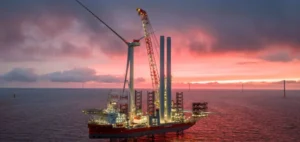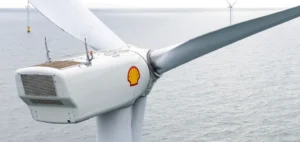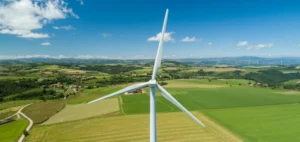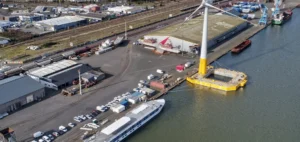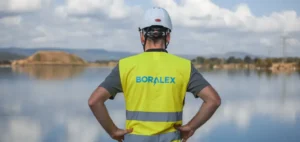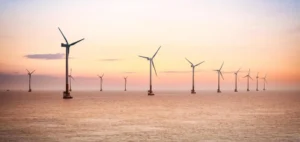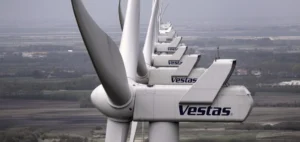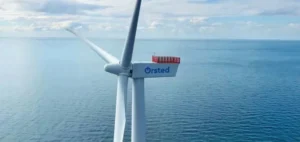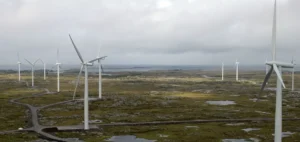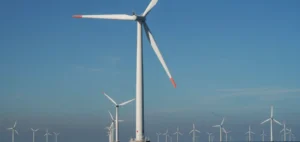Greater Gippsland, an offshore wind project based in Australia, is developing. BlueFloat Energy and Energy Estate announce that it will have more capacity.
Greater Gippsland increases from 1,275 GW to 2,085 GW
BlueFloat Energy is a wind energy development and distribution company. It specializes more particularly in floating and offshore wind energy. Its portfolio of fixed and floating assets reaches 15 GW.
As for Energy Estate, it is a renewable energy production company with zero carbon emissions. It currently has 30 GW of renewable assets, ranging from solar to renewable hydrogen production.
Greater Gippsland is a project located in Australia, in the state of Victoria. The government gave the green light for the construction of wind turbines, believing that the land was already suitable for these technologies.
The Greater Gippsland Offshore Wind Project will therefore see an expansion of its capacity to provide even more renewable electricity. It is an example of the acceleration of wind power in the seas of Australia.
Nick Sankey, National Director of Bluefloat Energy, states:
“There is also a clear political will and strong appetite for the necessary economic evolution based on renewable energy that is taking place; this was extremely evident at the successful Gippsland New Energy Conference held in Sale in August.”
Boosting the energy transition in Australia
In fact, Australia wants to add 25 GW of offshore wind capacity in its territory. The Victorian coast will be able to accommodate various projects such as the Star of the South, located in Gippsland. This wind farm could provide up to 20% of Victoria’s total electricity.
Simon Curie, founder of Energy Estate, explains:
“The expansion of our Gippsland project aligns with the Victorian government’s ambitious target for offshore wind power generation. It demonstrates BlueFloat Energy’s and Energy Estate’s commitment to developing large-scale projects that can improve the long-term energy security of the national electricity market.”
Nationally, the Australia Energy Market Operators (AEMO) is targeting 400 GWh of wind and solar storage capacity by 2030.
In addition, another example of its transition, Iberdrola is investing heavily in Australia. It calls for an investment of $2-3 billion to support the country’s energy transition.
Finally, since February, Australia has been forecasting a significant drop in its use of coal, even though the country is the world’s third largest producer in the sector. For example, at the beginning of the year it announced the closure of its Eraring plant seven years ahead of schedule. Instead, a 2,800 MWh battery unit will be built.


